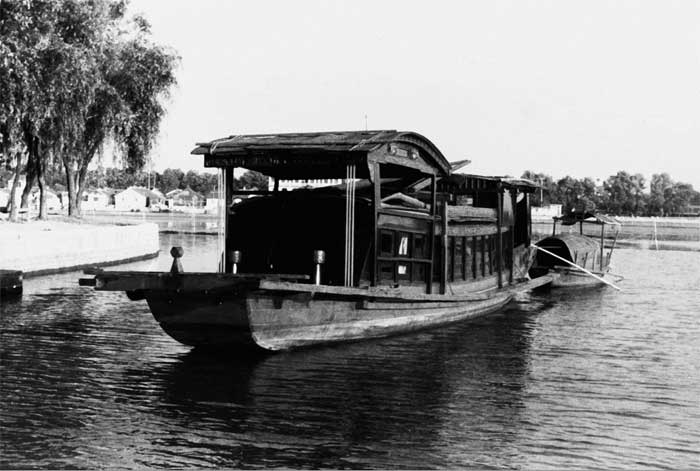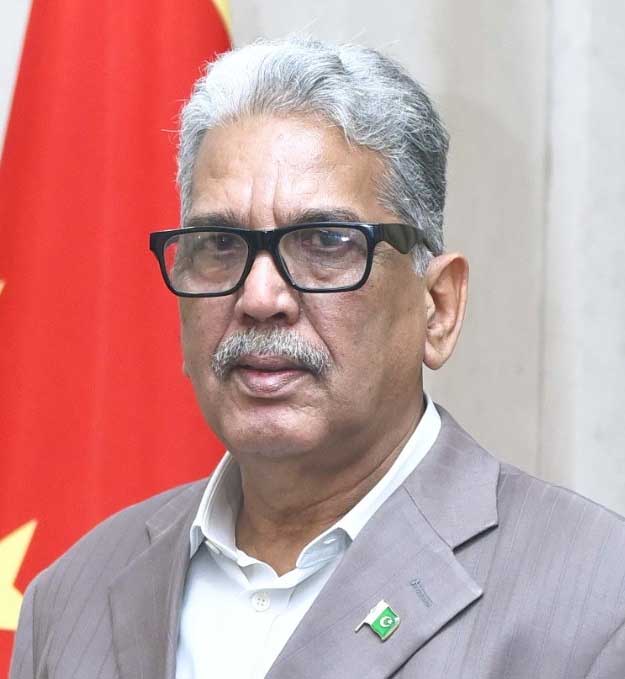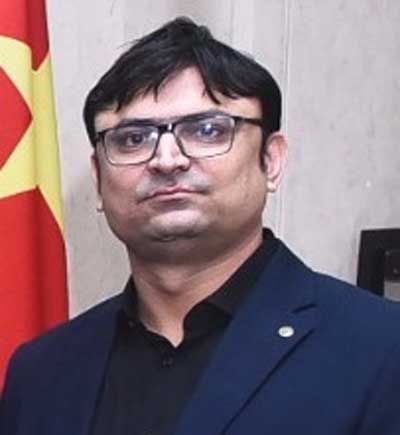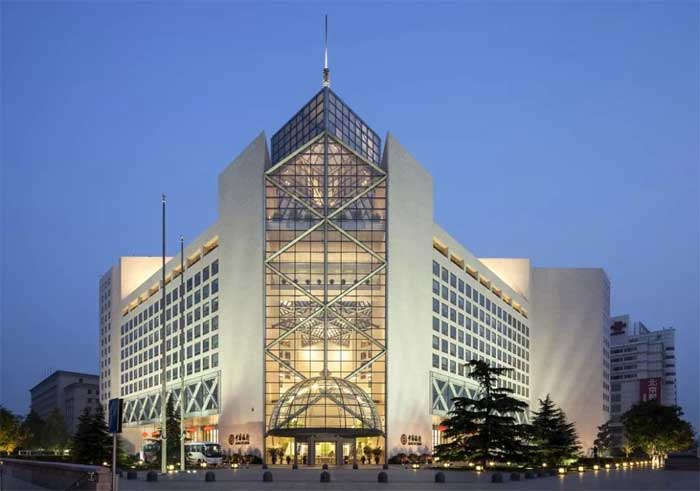
The Communist Party of China (CPC) has played a pivotal role in shaping the history, politics, and socio-economic landscape of modern China. Established on Friday July 1st, 1921 at Shanghai, the CPC emerged as a force that championed the interests of the working class and led the Chinese people through a series of revolutions, ultimately establishing the People’s Republic of China.
CPC under the leadership of Xi Jinping
The CPC has been the ruling party in China since its establishment in 1949. Under the leadership of Xi Jinping, who assumed office as General Secretary of the CPC in 2012, the party has implemented various policies and pursued specific goals. Here are some key performance and achievements of the CPC during the Xi Jinping era from 2012 to 2023:
Anti-Corruption Campaign: One of the major initiatives launched by Xi Jinping was an extensive anti-corruption campaign within the party and government institutions. This campaign aimed to target both high-ranking officials and lower-level bureaucrats, tackling corruption at all levels. Thousands of officials were investigated, disciplined, or prosecuted, signaling a strong commitment to addressing corruption within the party.
Economic Reforms: Xi Jinping’s administration implemented several economic reforms to maintain China’s growth trajectory and address challenges such as debt, environmental degradation, and income inequality. These reforms included supply-side structural reforms, efforts to reduce overcapacity in industries, and initiatives to promote innovation and entrepreneurship.
Poverty Alleviation: Under Xi Jinping’s leadership, China has achieved significant progress in poverty alleviation. The CPC launched a targeted poverty alleviation campaign, aiming to lift all rural residents out of poverty by 2020. Through a combination of policies, investments, and social assistance programs, the government lifted millions of people out of poverty, meeting the poverty eradication target ahead of schedule.
Belt and Road Initiative (BRI): Xi Jinping proposed the BRI in 2013, which aims to enhance connectivity and cooperation among countries along the ancient Silk Road routes. The BRI encompasses infrastructure development projects, trade facilitation, financial cooperation, and people-to-people exchanges. This initiative has garnered significant attention globally and has seen substantial investments and collaborations between China and participating countries.
Strengthening Party Control: Xi Jinping has emphasized the importance of party discipline and strengthening the party’s control over society. Measures such as ideological campaigns, stricter internet controls, and tightening of regulations on civil society organizations have been implemented to ensure the party’s influence and control.
Technological Advancements: The CPC has prioritized technological advancements and innovation to bolster China’s competitiveness. Initiatives such as “Made in China 2025” and the development of emerging technologies like artificial intelligence, quantum computing, and 5G have received significant attention and investment.
Foreign Policy: Xi Jinping has pursued an assertive and influential foreign policy, aiming to increase China’s global standing. China has taken a more active role in international organizations and initiatives, such as the United Nations, World Trade Organization, and climate change agreements. Additionally, China has expanded its presence and influence in the South China Sea and increased diplomatic engagements with countries worldwide.
It’s important to note that the assessment of the CPC’s performance and achievements can vary depending on different perspectives and ideologies. While some view these achievements positively, others may criticize certain aspects of the CPC’s policies and practices.
At the beginning of the 20th century, China was in a state of turmoil. The Qing Dynasty, which had ruled for centuries, was facing internal and external pressures, including foreign intervention, economic decline, and social unrest. The failure of the 1911 Xinhai Revolution to establish a stable republican government led to a fragmented nation with warlords controlling different regions. In this context, intellectuals and revolutionaries sought ways to bring about social and political change.
The Birth of the CPC
The founding of the CPC can be traced back to the early 1920s when several leftist and Marxist organizations emerged in China. Among these groups, the most influential were the Chinese Communist Youth League and the Socialist Youth Corps, which attracted young intellectuals who sought to address the country’s problems through a Marxist lens.
In July 1921, representatives from these organizations convened in Shanghai, primarily under the guidance of Chen Duxiu, Li Dazhao, and other prominent intellectuals. The meeting marked the formal founding of the Communist Party of China, with a membership of only about 50 individuals from across the country.
Objectives and Ideology
The CPC was founded with the primary objective of addressing the urgent issues facing China, such as imperialism, feudalism, and socio-economic inequality. Inspired by the writings of Karl Marx and Friedrich Engels, the CPC embraced Marxism as its guiding ideology, believing in the class struggle, the ultimate victory of the proletariat, and the establishment of a socialist society.
In the early years, the CPC focused on organizing the working class, leading strikes, and promoting workers’ rights. The party aimed to build a broad coalition of workers, peasants, and intellectuals to bring about a revolution that would transform China into a socialist state.
Leadership and Early Challenges
At its founding, Chen Duxiu was elected as the General Secretary of the CPC. However, in the following years, a young revolutionary named Mao Zedong emerged as a prominent leader within the party, significantly influencing its direction and strategy.
The early years of the CPC were marked by internal debates, factionalism, and external challenges. The party faced government suppression, the betrayal of its members, and the difficulties of organizing a vast and diverse country. However, through resilience, adaptability, and the guidance of its leaders, the CPC gradually consolidated its strength and expanded its influence.
The CPC indeed faced numerous struggles during its early years, from its foundation in 1921 until it eventually achieved victory in 1949. Here are some key events and challenges the CPC encountered during that period:
Formation and Ideological Development: The CPC was founded in 1921, primarily composed of Marxist intellectuals who aimed to bring about social revolution in China. In its early years, the party focused on ideological development, studying Marxism and adapting it to the Chinese context.
Suppression and Persecution: The CPC faced severe repression from the ruling Nationalist Party (Kuomintang or KMT) under Chiang Kai-shek. The KMT government launched multiple campaigns to suppress the CPC, leading to arrests, imprisonment, and execution of party members. This persecution forced the CPC to operate underground and in rural areas.
The Long March: In 1934, the CPC faced a critical situation due to the KMT’s fifth encirclement and suppression campaign. The CPC leadership, including Mao Zedong, embarked on a strategic retreat known as the Long March. Over the course of a year, the CPC forces covered around 12,500 kilometers, facing battles, harsh terrain, and hardships. The Long March solidified the CPC’s resilience and Mao’s leadership.
United Front against Japan: In 1937, the Second Sino-Japanese War broke out, with Japan invading China. The CPC formed a united front with the KMT to resist the Japanese aggression. The CPC contributed significantly to the war effort, establishing base areas and guerrilla warfare tactics behind Japanese lines.
Rural Base Areas: During the war against Japan, the CPC established rural base areas in remote and impoverished regions. These areas became centers of communist influence and governance, where land was redistributed, local militias were formed, and social reforms were implemented. These base areas laid the foundation for the CPC’s future governance after the Chinese Revolution.
People’s Liberation War: The CPC, under Mao’s leadership, launched the People’s Liberation War in 1946 against the KMT government. The CPC’s guerrilla warfare tactics, popular support in rural areas, and military strategies gradually weakened the KMT forces. The CPC emerged victorious in 1949, establishing the People’s Republic of China.
Despite numerous challenges, the CPC was able to mobilize peasants, workers, and intellectuals, forge alliances, and develop its military capabilities to ultimately triumph over the KMT and establish communist rule in China.
The CPC after the founding of People’s Republic of China
The CPC played a significant role in shaping China’s political landscape and policies during the period from 1950 to 2000. Here are some key highlights and events from that era:
Founding of the People’s Republic of China (1949): The CPC, led by Mao Zedong, established the People’s Republic of China on October 1, 1949, following the Chinese Communist Revolution. This marked the beginning of communist rule in China.
The Great Leap Forward (1958-1962): Mao initiated the Great Leap Forward, an economic and social campaign aimed at rapidly transforming China from an agrarian economy to an industrialized society. However, the campaign led to widespread famine and economic hardships, resulting in the deaths of millions of people.
Normalization of relations with the United States: In the early 1970s, under the leadership of Chairman Mao’s successor, Deng Xiaoping, China pursued a policy of rapprochement with the United States. In 1972, President Richard Nixon visited China, marking the first official contact between the two countries since 1949.
Economic reforms and opening up (1978 onwards): Deng Xiaoping introduced a series of economic reforms and policies aimed at modernizing China’s economy and attracting foreign investment. This marked the beginning of China’s transformation into a market-oriented economy.
Deng Xiaoping’s Southern Tour (1992): Deng Xiaoping’s famous tour to southern China in 1992 reaffirmed China’s commitment to economic reforms and accelerated the process of modernization.
Hong Kong’s handover to China (1997):
The sovereignty of Hong Kong was transferred from the United Kingdom to China on July 1, 1997. The “one country, two systems” principle was implemented, granting Hong Kong a high degree of autonomy.
Jiang Zemin’s leadership (1989-2002): Jiang Zemin was elected as the General Secretary of the CPC and later became the President of China. Under his leadership, China continued its economic reforms and saw significant social and technological advancements.
During this period, the CPC maintained a firm grip on political power in China and implemented policies that shaped the country’s economic development, social structure, and international relations.
From 2001 to 2012, the Communist Party of China (CPC) played a significant role in shaping the country’s political, economic, and social landscape. During this period, several key events and policies were implemented under the leadership of the General Secretaries Jiang Zemin and Hu Jintao. Here are some notable highlights:
Jiang Zemin’s Leadership (2001-2002): Jiang Zemin served as the General Secretary of the CPC from 1989 to 2002. He officially retired from the position in 2002. His tenure focused on maintaining economic stability and consolidating China’s international presence.
“Three Represents”: Jiang Zemin introduced the concept of the “Three Represents” in 2000, which was later incorporated into the CPC’s constitution in 2002. It offers answers to such question as what kind of Party to build and how to build it. Integrating Party matters with Chinese socialism, it gives new interpretation to the Party’s nature, mission, guiding thought and tasks in the current times.
Hu Jintao’s Leadership (2002-2012): Hu Jintao succeeded Jiang Zemin as the General Secretary of the CPC in 2002 and served as China’s President from 2003 to 2013. Under Hu’s leadership, the party emphasized the concept of the “Scientific Outlook on Development,” which aimed to balance economic growth with social and environmental concerns.
Economic Reforms: The period from 2001 to 2012 witnessed rapid economic growth in China. The CPC continued its policy of economic liberalization and market-oriented reforms, focusing on attracting foreign direct investment, expanding export industries, and urbanization. This period also saw China’s entry into the World Trade Organization (WTO) in 2001, which further integrated the country into the global economy.
Anti-Corruption Campaign: Hu Jintao’s tenure witnessed a major anti-corruption campaign within the party. The CPC launched several high-profile investigations and prosecutions of corrupt officials, aiming to combat widespread corruption and maintain the party’s legitimacy. Notably, the campaign continued beyond 2012 under Hu’s successor, Xi Jinping.
Social Policies: The CPC implemented various social policies during this period, including poverty reduction programs, healthcare reforms, and rural development initiatives. The party also focused on improving education, increasing access to higher education, and strengthening vocational training to address social inequality and enhance human capital.
Space Exploration and Olympics: China made significant strides in space exploration during this period. In 2003, China became the third country to send humans into space with the launch of the Shenzhou 5 spacecraft. In 2008, Beijing hosted the Summer Olympics, which was seen as a symbol of China’s growing global stature.
It’s important to note that this summary provides a broad overview of the Communist Party of China’s activities from 2001 to 2012. The period since 2012, under Xi Jinping’s leadership, has seen significant developments and policies that continue to shape China’s trajectory.
Conclusion
The foundation of the CPC marked a turning point in Chinese history. Born out of a desire to address the deep-rooted problems of imperialism and social inequality, the CPC aimed to bring about a socialist revolution and empower the working class. Over the decades, the CPC evolved, adapted, and eventually led the Chinese people to victory in the Chinese Civil War, establishing the People’s Republic of China in 1949.
Today, the CPC remains the ruling party in China, with a membership of over 97 million individuals. Its founding principles, organizational structure, and ideology continue to shape Chinese politics and society, as the party navigates the challenges and opportunities of the 21st century.




